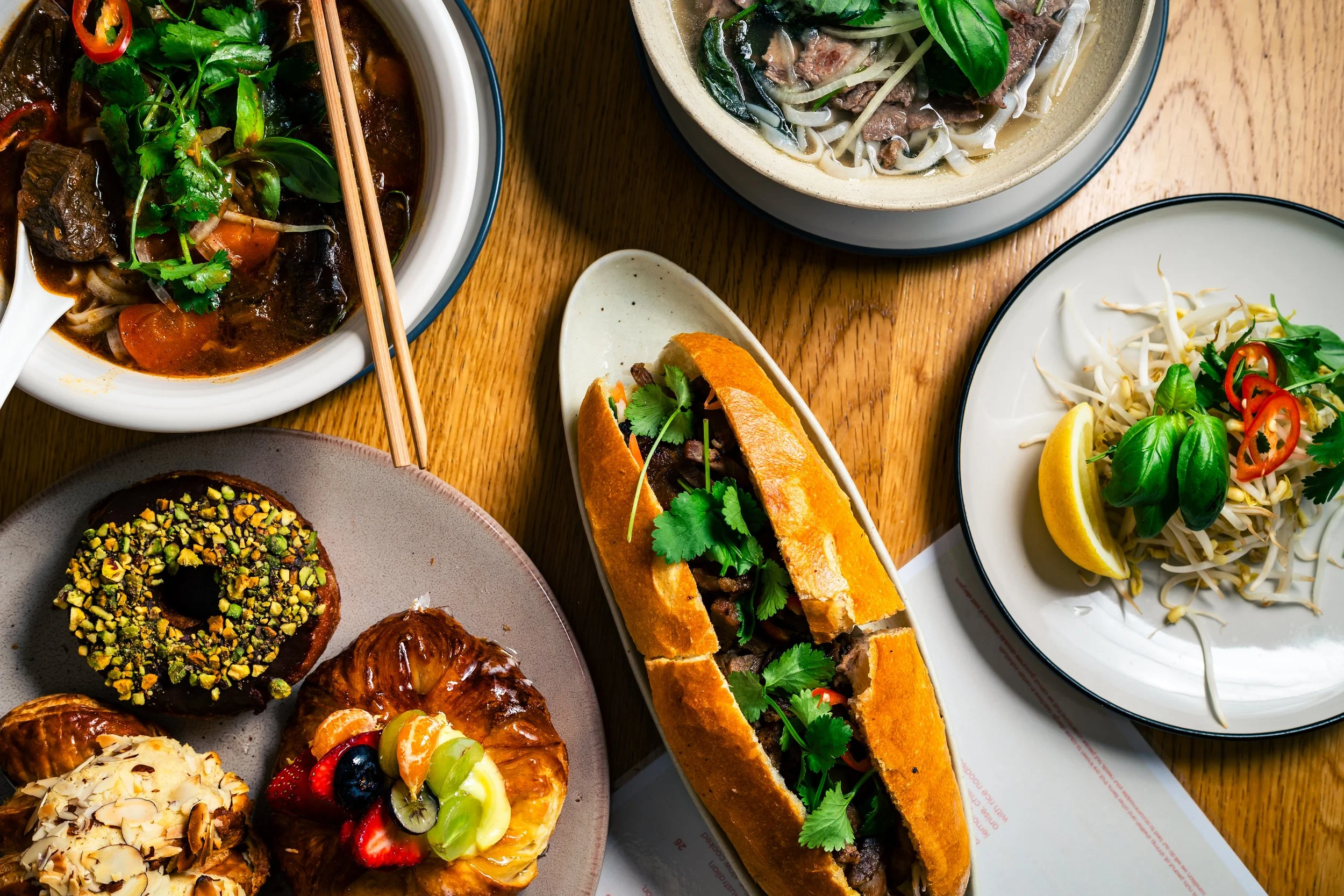Gastronomy Photography: The Art of Making Food Look Delicious
You've got a killer recipe, the ingredients are top-notch, and the food looks incredible. But you're missing something. Gastronomy photography is the secret sauce that elevates your food from good to mouthwatering. It's all about capturing the essence of your culinary creations and making them irresistible.
What is Gastronomy Photography?
Gastronomy photography is a specialized form of photography focused on capturing food in its most appealing and visually engaging way. It's about more than just snapping a picture of your plate. It's about creating a story around the food, evoking emotions, and enticing viewers to want to taste it.
Why is Gastronomy Photography Important?
In today's world, food photography is essential for anyone working with food. Whether you're a food blogger, restaurant owner, chef, or food brand, stunning visuals are a vital part of marketing and branding.
The Importance of Lighting
The right lighting can make all the difference in your food photography. Natural light is often the best option, especially for food blog photography and restaurant photography. A bright, sunny window can beautifully illuminate your food. But, you might want to use studio lighting for a more controlled and professional look.
Here are some tips for using natural light:
Find the right window: Look for a window that provides soft, diffused light. Avoid direct sunlight, which can create harsh shadows.
Utilize reflectors: Bounce light back onto your subject using white boards or reflectors to brighten areas that are too dark.
Embrace the golden hour: If you want a warm, soft glow, shoot during the golden hour, which is the hour after sunrise or before sunset.
Composition: The Art of Arranging Your Food
You've got the lighting right, now it's about how you arrange your food. Food composition is a vital part of gastronomy photography. Think of it as telling a visual story. Here are some pointers:
The Rule of Thirds: Imagine a tic-tac-toe grid over your food. Place points of interest, like the main ingredient or a garnish, on the intersections.
Leading Lines: Use lines in your photo to direct the viewer's eye. This could be forks, knives, or even a row of ingredients.
Create Depth: Add a sense of depth by using different heights and textures. Try placing a napkin behind your dish or adding a rustic table setting.
Food Styling: Making Your Food Look its Best
Food styling is a crucial part of gastronomy photography. It involves carefully arranging and manipulating food to create the most visually appealing image possible. Here are a few tips:
Use Fresh Ingredients: The freshest ingredients will always look the best.
Add Texture and Color: Consider using a variety of textures and colours to add visual interest.
Use Props: Use props like cutlery, plates, and napkins to create a cohesive and visually appealing scene.
Camera Settings for Food Photography
Choose the Right Lens: A macro lens is ideal for close-up shots, while a wide-angle lens can capture the whole scene.
Aperture: Use a wide aperture (low f-stop) to create a shallow depth of field for a blurred background and focus on the food.
Shutter Speed: Use a fast shutter speed to avoid camera shake, especially with natural light.
ISO: Keep your ISO as low as possible to minimize noise.
Gastronomy Photography: A Career Path
You can build a successful career as a food photographer. You can work with food brands, restaurants, and food bloggers, capturing their stories and creating beautiful visuals that make people hungry.
How to Get Started:
Build a Portfolio: Start by photographing the food you make or eat.
Network with Food Professionals: Connect with food bloggers, chefs, and restaurants to build relationships.
Practice, Practice, Practice: The more you practice, the better you'll become.
Gastronomy photography is a fun and creative field. With the right skills and strategies, you can create stunning images that showcase the beauty and deliciousness of food.



